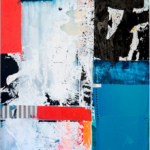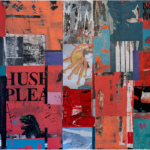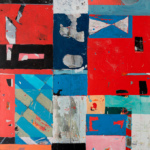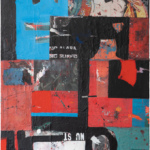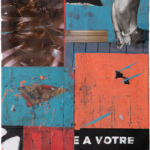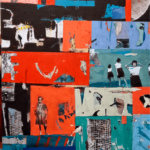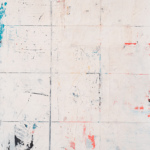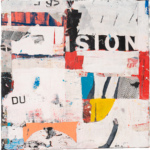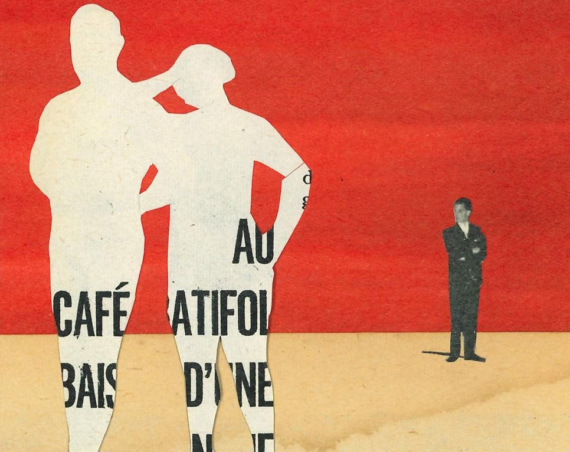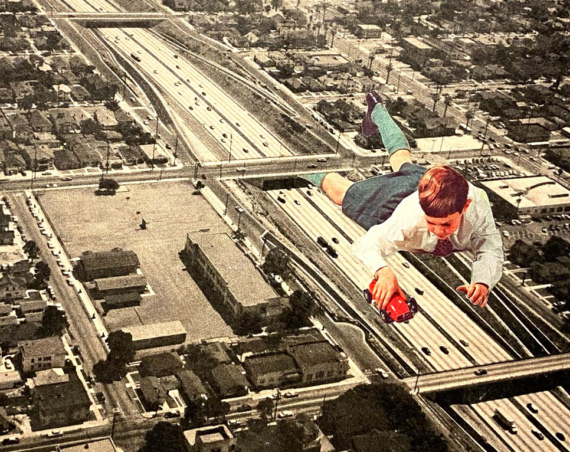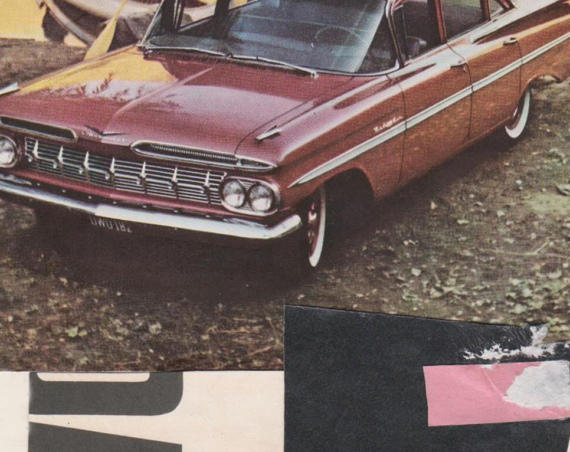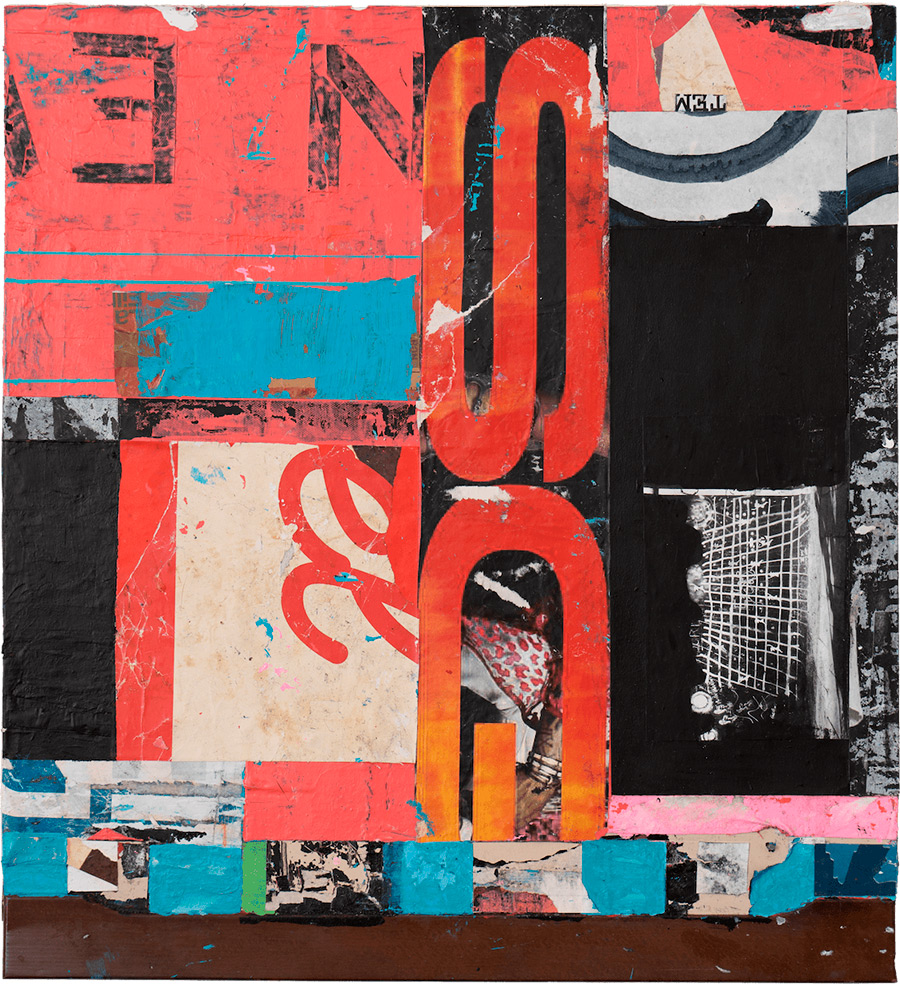
First few basic questions, who are you, what are you doing, where are you coming from?
My name is Alban Fréneau. I am French and I have always lived and worked in Paris. I am a professional Plastician Artist and Art Curator. My main influences are Abstract Expressionism, the CoBrA, and “Supports-Surfaces” movements as well as Street Art.
How would you describe your style? And how quickly did you find your “style”?
My style did not take me a long time to find it has it naturally came to me from the beginning of my artwork. Although my style has indeed evolved over the years, the basic features of my work have been the same for about 20 years.
During my early practice, I’ve produced many artworks which used colorful geometrical “puzzle-like” shapes. They evolved to be less geometrical and less strongly defined. Today, from an intellectual and artistic viewpoint, I explore minimalism but I believe it is a phase.
Overall, however, either for colorful or minimalist work, I’ve always used the same technique: overlaying layers of paints, use of water and various chemicals as well as sand waxing to reveal the underlying layers of paint and make my pieces look strange, worn and original.
Although it is difficult to define my art, I would say it is a sort of “grunge art”, “worm art” or more simply “art brut” which I believe generally pertains to Abstract Expressionism though.
“Abstraction and puzzle-like composition probably represent different stages of life…”
What do the abstraction and puzzle-like composition mean/represent to you in your works?
The puzzle-like composition came naturally to me. To be completely honest, I’m not sure about the exact meaning of this particular form of composition besides the general aesthetics and freedom it represents: the puzzle-like composition allows you to make various abstract shapes, medium or collages come together besides their various origin, colors, cutting, texture, thickness, etc. They all come together in my work to compose a coherent painting. This approach could find its roots in William Burroughs’s famous “cut up” literary style for instance.
This style also comes from my admiration of patchworks and street or metro torn-up posters (which I collect to use in my paintings!) that always convey a sense of mystery and have their own story to tell through time and decay. This is a “natural” street art which is very inspiring to me.
To answer you more precisely, abstraction and puzzle-like composition probably represent different stages of life and more particularly my own symbolic evolution through shapes coming across the puzzle pieces as they evolve, change and decay.
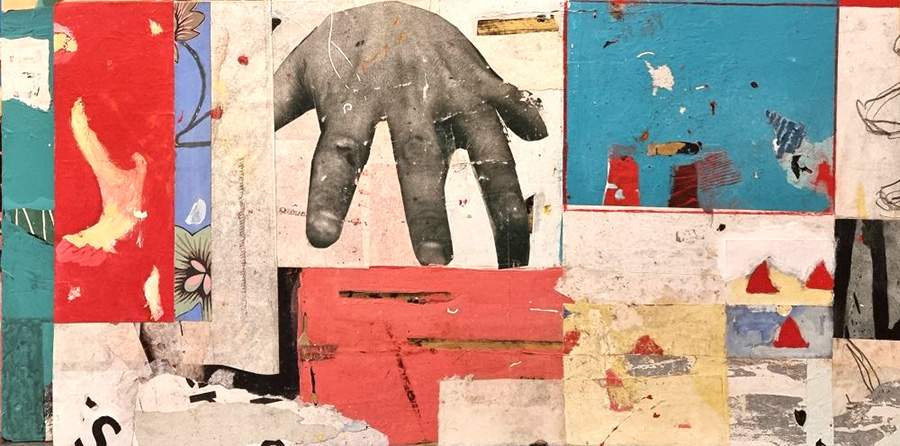
In your works, what are the most important things to yourself? Do you have certain things that you pay more attention to, like structure, colors, and shapes?
The structure is definitely my first concern. It is essential because it gives a general balance to the artwork. I always use collage or black paint to build up this structure on the blank canvas. As for the colors, I generally paint with colorful acrylic paint (besides my recent “white” pieces”). Red is my favorite color and is always present in my work. The reason is that I want my art to convey energy and joy even with the “grunge-like” or urban look of my work.
Second, the shapes either come by chance from my work on the texture of the canvas I described above. At last, the shapes I paint are usually an extension of the “natural” unveiled shapes. To put it in a nutshell, the result comes both from chance and true intention from chaos to relative balance.
What is your artwork exploring, underneath everything & stripped down to the core?
The grunge-like style and the general mystery stemming from my work have both aesthetics and political meaning. My work is all about order and disorder, a conflict I cannot but try and resolve by finding a balance between the geometry and chaos coming from my geometrical puzzle-like division of the canvas and the freedom of the shapes I do not fully control. This reflects my way of thinking and living in between those two poles.
As you know, according to Shakespeare, “(life) is a tale told by an idiot, full of sound and fury, signifying nothing”. This is what I want my art to tell: an absurd story full of mysteries to be deciphered. To me, the conflict I explain above echoes the incomprehension, decay, and incongruity of our society which I find decadent, unfair, and meaningless.
Do you work on multiple pieces at the same time or simply focus on one?
I usually work on 2-3 pieces at the same time trying them to convey the same strength and responding to one another. I even use the same colors in different shades on those pieces to create a feeling of general coherence between them.
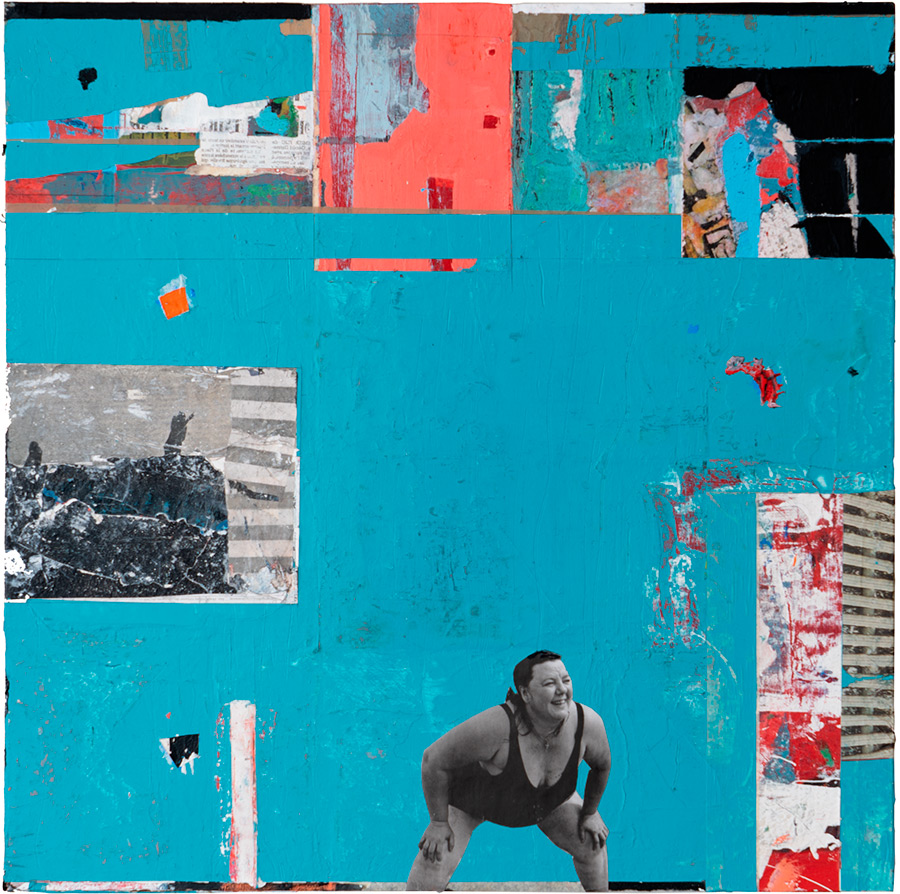
Can you tell me about the process of making your work? When you have an art session, do you have a similar pattern of how the creative process flows?
I tend to work in the afternoon until late at night. My work always generally implies the same process: first, a general structure, usually made in black or collages. Then I either decide to divide my painting into geometrical puzzle pieces or just leave it that way. Either way, I reveal underlying random shapes by deeply sand waxing my canvas. At last, I actually paint or use collage to balance the painting or insist on particular details on the basis of the random shapes.
Is there a connection between your message and the actual way you create your art?
Sure. The Chaos coming from the beginning of the artworks where I reveal underlying layers of paint or collages is by itself a way to show people the decay of our society. That’s why my painting always looks worn. Also, the fact I try, as a second step, to “tame” this chaos intends to show our common struggle to find meaning in our society.
At last, my way of using deep sand waxing, and the use of sometimes “quirky” collages are a way to show my artistic originality, if not marginal, political thinking.
How the finished works make you feel? If you think easily finished work or the work that made you struggle and feel pain, is there are different feelings?
First, generally speaking, it is hard to find that my painting is finished. I generally count on my intuition whispering to me “less is more, another stroke of paint would ruin the whole idea”. Second, The time I take to “finish” a painting is extremely variable: from 1 or to 2 days to months.
To answer you more precisely, I feel a long-lasting joy, pride as well as great peace, and quiet when I finish an artwork that is satisfactory to me. The time I spend to finish the painting does not really change the feeling although I must admit that those feelings I described are indeed bigger when it comes to painting made in a long process.
If you should describe your art with one word, what would it be?
Incongruity!
Alban Fréneau around the internet
Homapage: albanfreneau.com
Instagram: @alban_freneau

